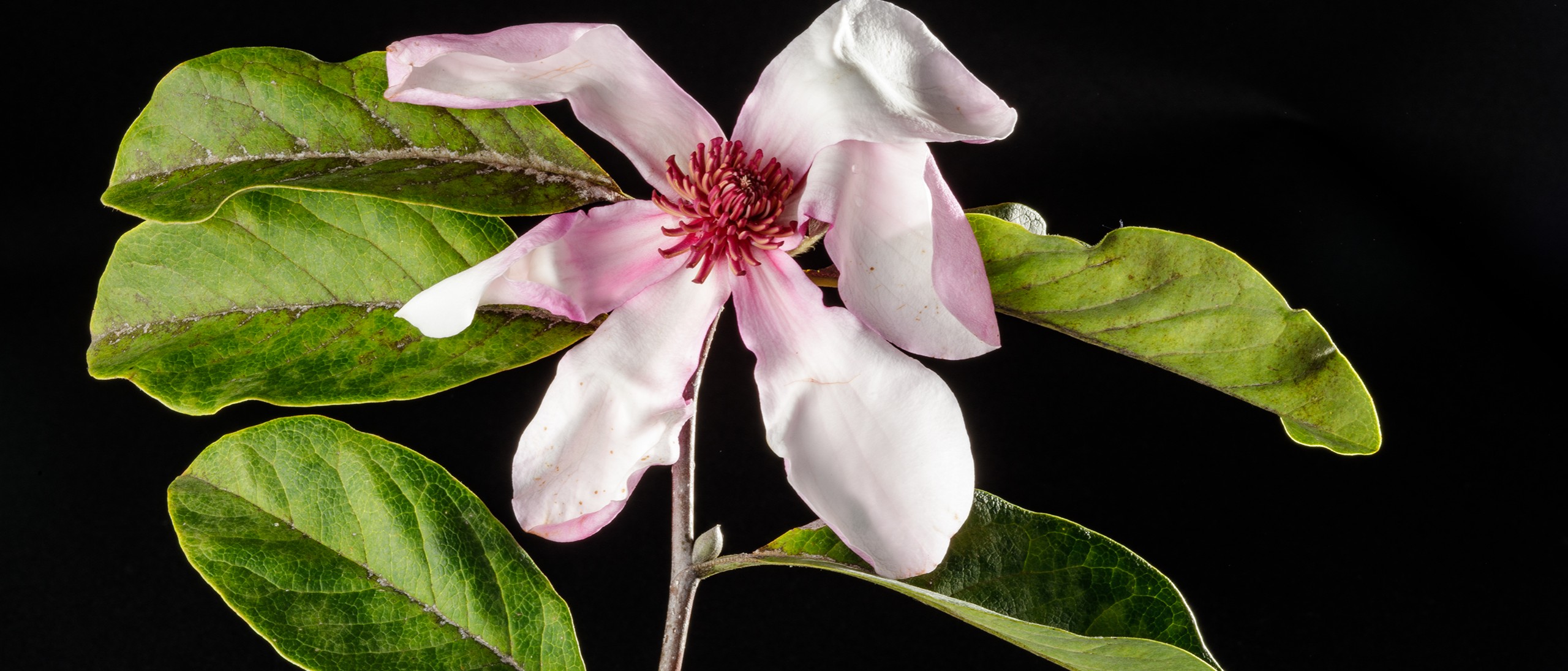
Garden Photography Tips
Presenter: Hannele Lahti, Photographer
Learn how to beautifully capture your backyard oasis or neighborhood park no matter what kind of camera you own. Join Smithsonian Gardens’ Living Collections Photographer Hannele Lahti as she shares tips on lighting, positioning and developing your own creative point of view. Open to shutterbugs of all levels and ages.
